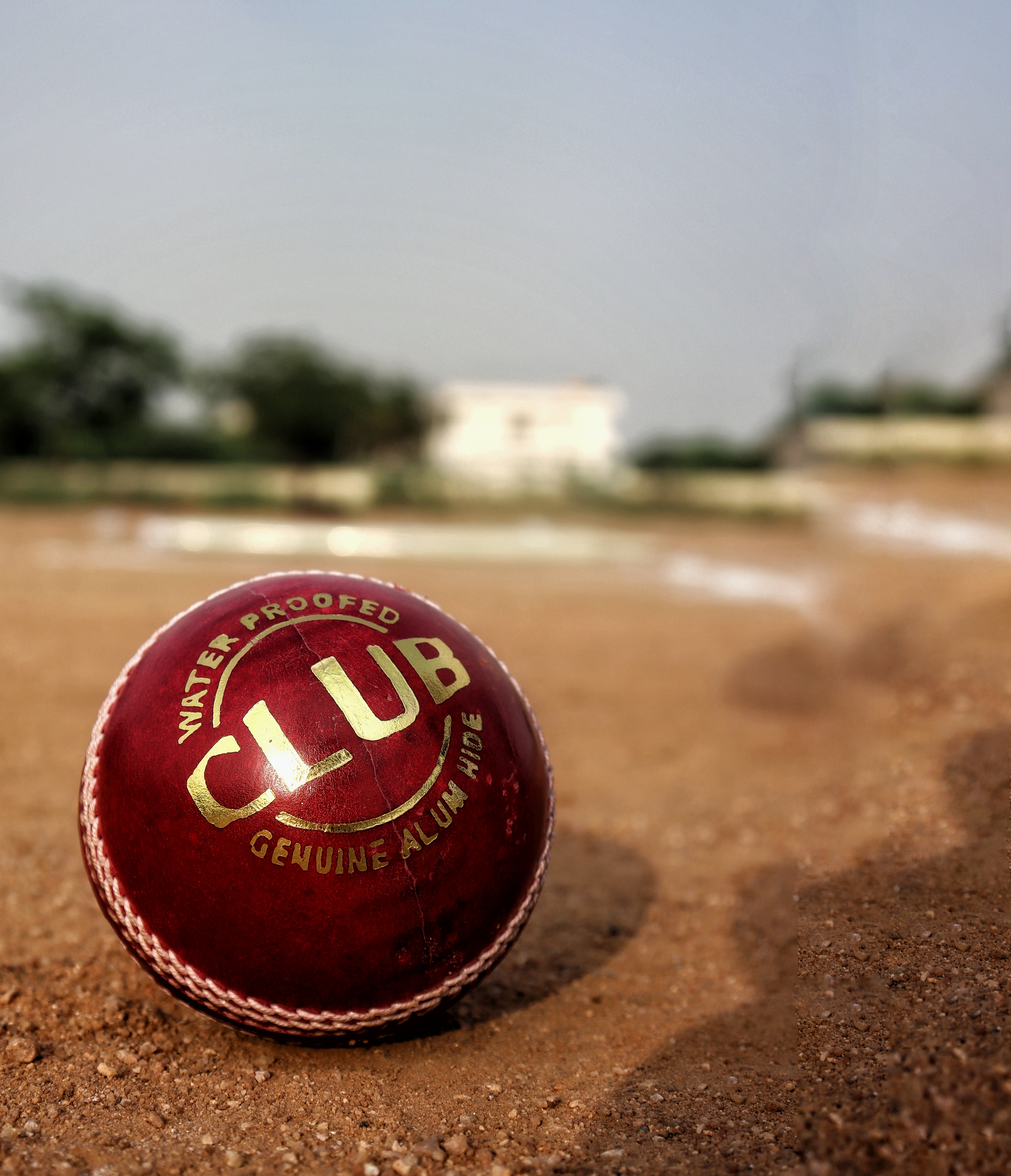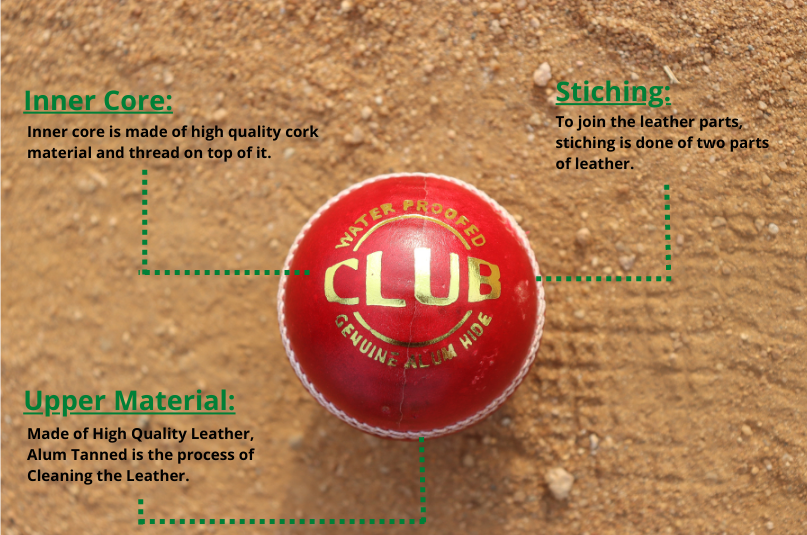
Gulli Danda
Before diving deep into the relationship between a cricket ball and aerodynamics, one needs to figure out what exactly is a cricket ball, its anatomy and how that affects its movement and differences between different kinds of balls. First things first, the fact that the cricket ball can swing is pure serendipity as it wasn’t manufactured keeping swing in mind. The actual construction of a cricket ball and the principle by which the faster bowlers swing the cricket ball are unique to cricket.

A Cricket Ball
A cricket ball has six rows of prominent stitching along its equator, with typically 60-80 stitches in each row, which makes up the primary seam. The cricket balls that are generally used in first-class cricket are made up of four pieces of leather, so that each hemisphere has a line of internal stitching forming the quarter or secondary seam. The two secondary seams are crossed with each other for reinforcement. These primary and secondary seams play a critical role in the aerodynamics of a swinging cricket ball. Modern balls are made up of just two hemispheres stitched together. This makes them swing more as they don’t have the roughness on the surface due to the internal stitching.

Anatomy of a Cricket Ball
Currently, there are three major manufacturers of cricket balls in the world : Dukes, Kookaburra and SG. The width of the seam is an important factor that concerns the movements of the ball but there aren’t many differences between these brands regarding that aspect. The height of the seam is a germane factor to the swing of the ball which varies among all these brands. There are also differences among the way these balls are stitched. To illustrate that, let’s take an example by comparing the Dukes and the Kookaburra ball. The Dukes ball has the most protruded seam and is stitched by humans only. On the other hand, the Kookaburra ball has the least prominent seam of all and is mass-produced and mostly stitched by machines. As a result of this, the seam on a Kookaburra ball gets damaged and flattens out far more quickly than that on the Dukes which consequently leads to the Dukes ball swinging for longer durations than the Kookaburra ball.
The behaviour of a ball doesn't depend upon the colour at all. But the amount of lacquer applied on a ball does have its say in deciding the trajectory of the ball. For instance, the pink ball is coated with a type of lacquer that makes its shine a lot longer than the red ball which makes it swing for comparatively longer periods.





